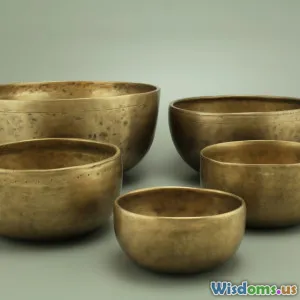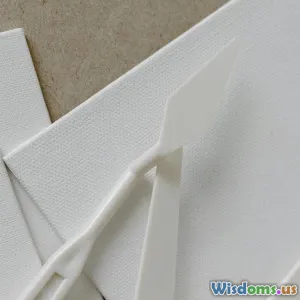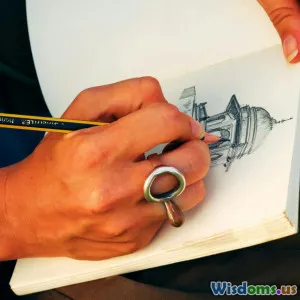
Why Sketching With Pencils Beats Digital Drawing for Practice
16 min read Discover why traditional pencil sketching is more effective than digital drawing for improving core artistic skills and creativity. (0 Reviews)
Why Sketching With Pencils Beats Digital Drawing for Practice
Sketching is the universal language of artists—a direct line from imagination to reality, wielded with just a pencil and paper. While digital drawing offers convenience and impressive capabilities, many seasoned artists insist that traditional pencil sketching remains the gold standard for practice. What accounts for this strong preference? Let’s explore why picking up a pencil can make a world of difference when honing your artistic skills.
The Tangible Connection Enhances Learning
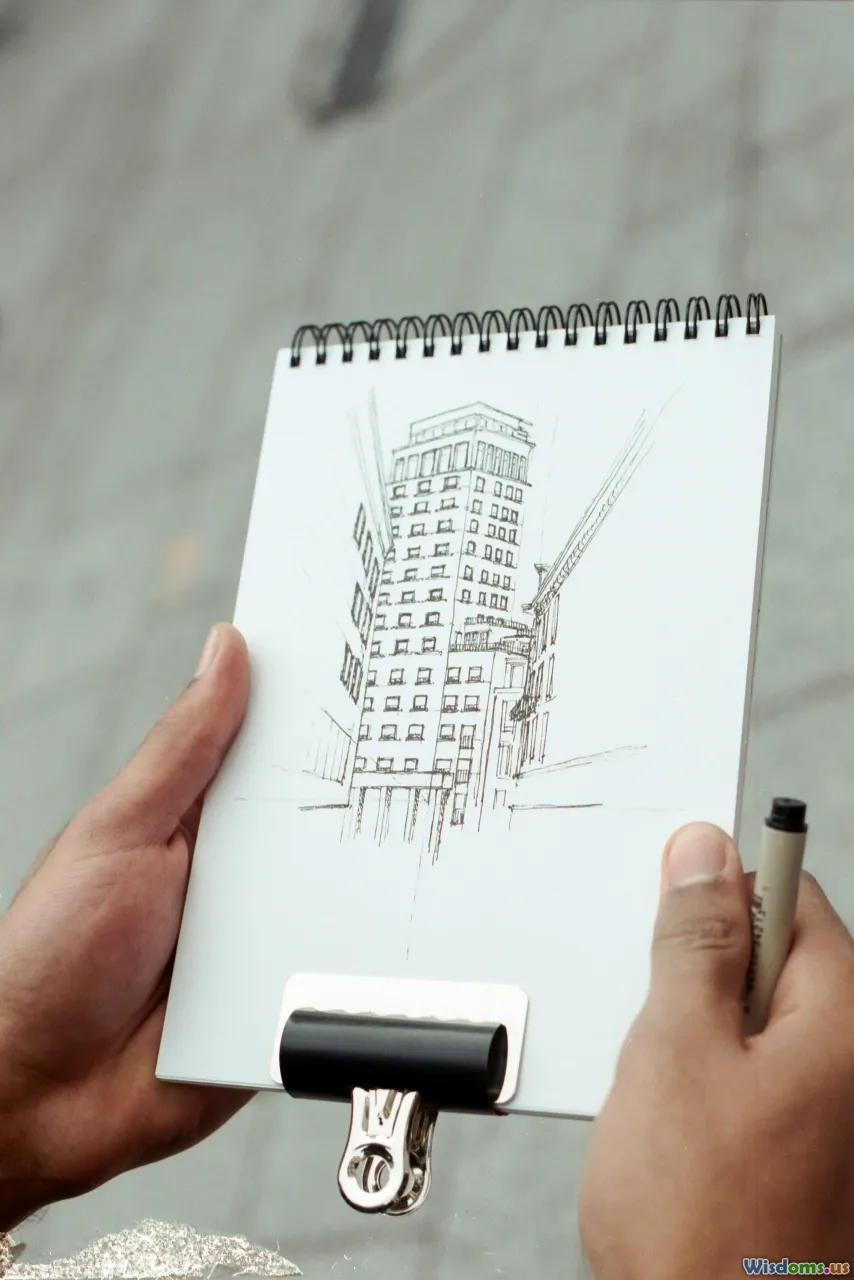
Drawing with a pencil is a hands-on process that creates a tangible bond between the artist and their work. Unlike digital screens, physical materials provide real feedback: the texture of the paper, the pressure of the graphite against the surface, and the movement of grains beneath your fingertips. This tactile experience can’t be replicated digitally and provides invaluable sensory information that helps artists learn more efficiently.
For example, studies in educational psychology highlight the role of haptic feedback—the sensation of touch—in deepening memory and understanding. When an artist presses lightly for shading or firmly for outlines, their brain processes those actions kinesthetically, reinforcing muscle memory in ways digital tools struggle to match. That pencil-to-paper friction isn’t just a quirk; it’s a training secret.
A Focus on Fundamentals
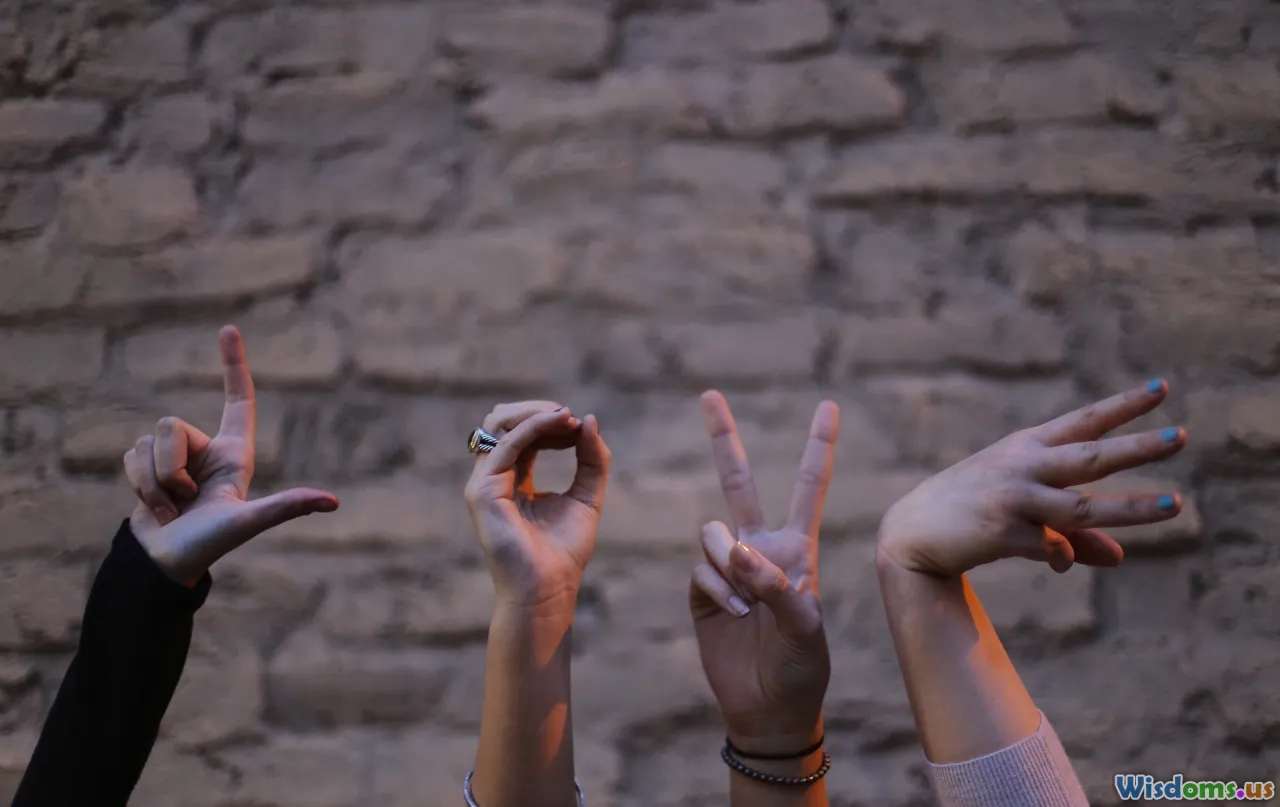
Pencil sketching naturally steers artists toward mastering the fundamentals: gesture, contour, value, and composition. Unlike digital platforms, which offer infinite undos, auto-stabilizing lines, and ready-made shapes, pencils encourage deliberate thought before every mark.
Veteran illustrators often recommend practicing anatomy, perspective, and still-life studies using pencils. With nothing to mediate mistakes, each line forces the artist to observe, plan, and internalize basic drawing principles. The discipline required when erasing a pencil mistake—carefully lifting pigment without damaging the paper—teaches humility and patience, important skills often overlooked in the slick, rapid pace of digital sketching.
Reduced Distractions, Increased Focus
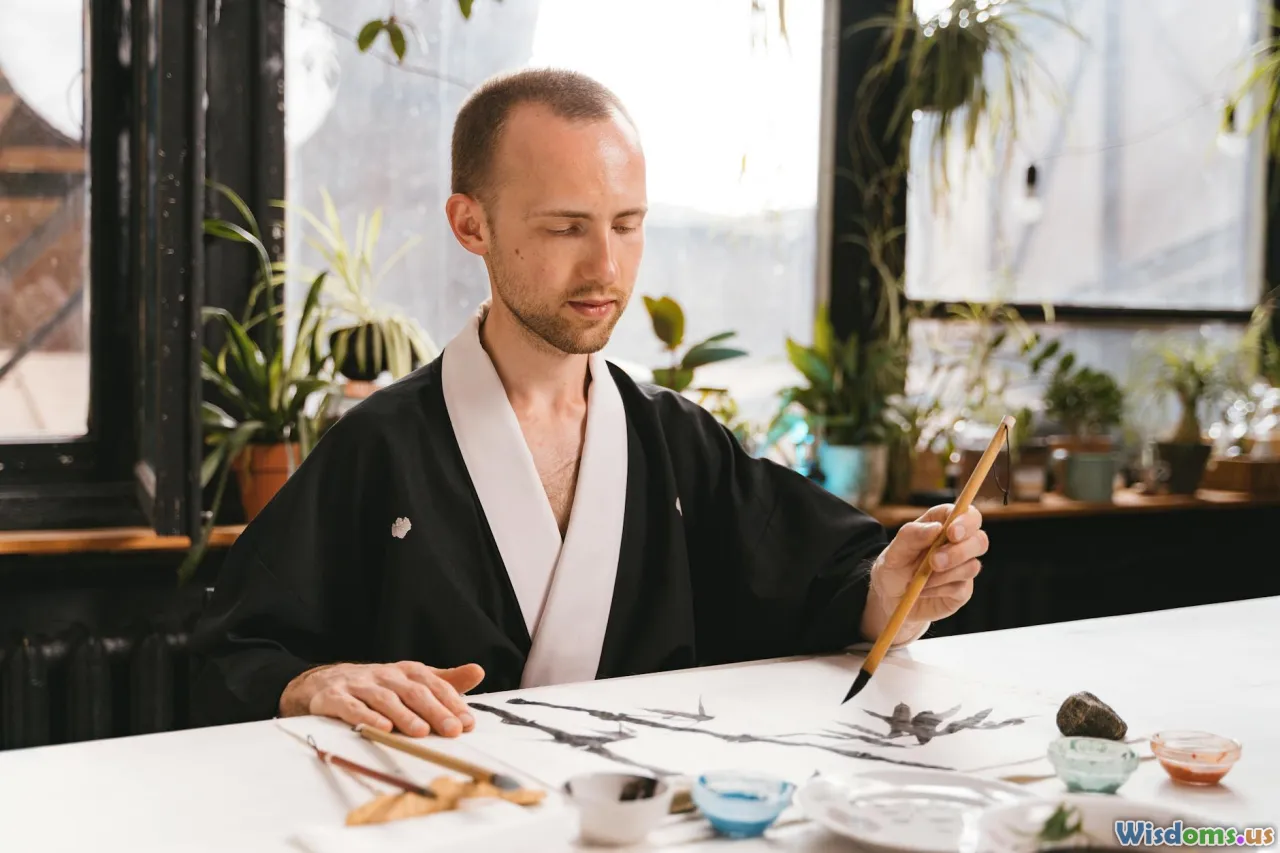
Digital art platforms are bustling toolkits—color wheels, brushes, dozens of adjustable settings. While these are incredible for finished pieces, they can prove overwhelming when trying to practice and refine basic techniques. It’s easy to get sidetracked adjusting digital sliders or scrolling through reference boards rather than drawing.
Pencils and paper, by contrast, are minimalist. This simplicity lets artists concentrate solely on their subject and their movement. Studies show that engaging with non-digital resources can support a richer state of flow—a period of deep, focused immersion—compared to their digital counterparts. For aspiring and professional artists alike, fewer distractions mean more productive, intentional practice.
Real-Time Problem Solving and Mistake Management
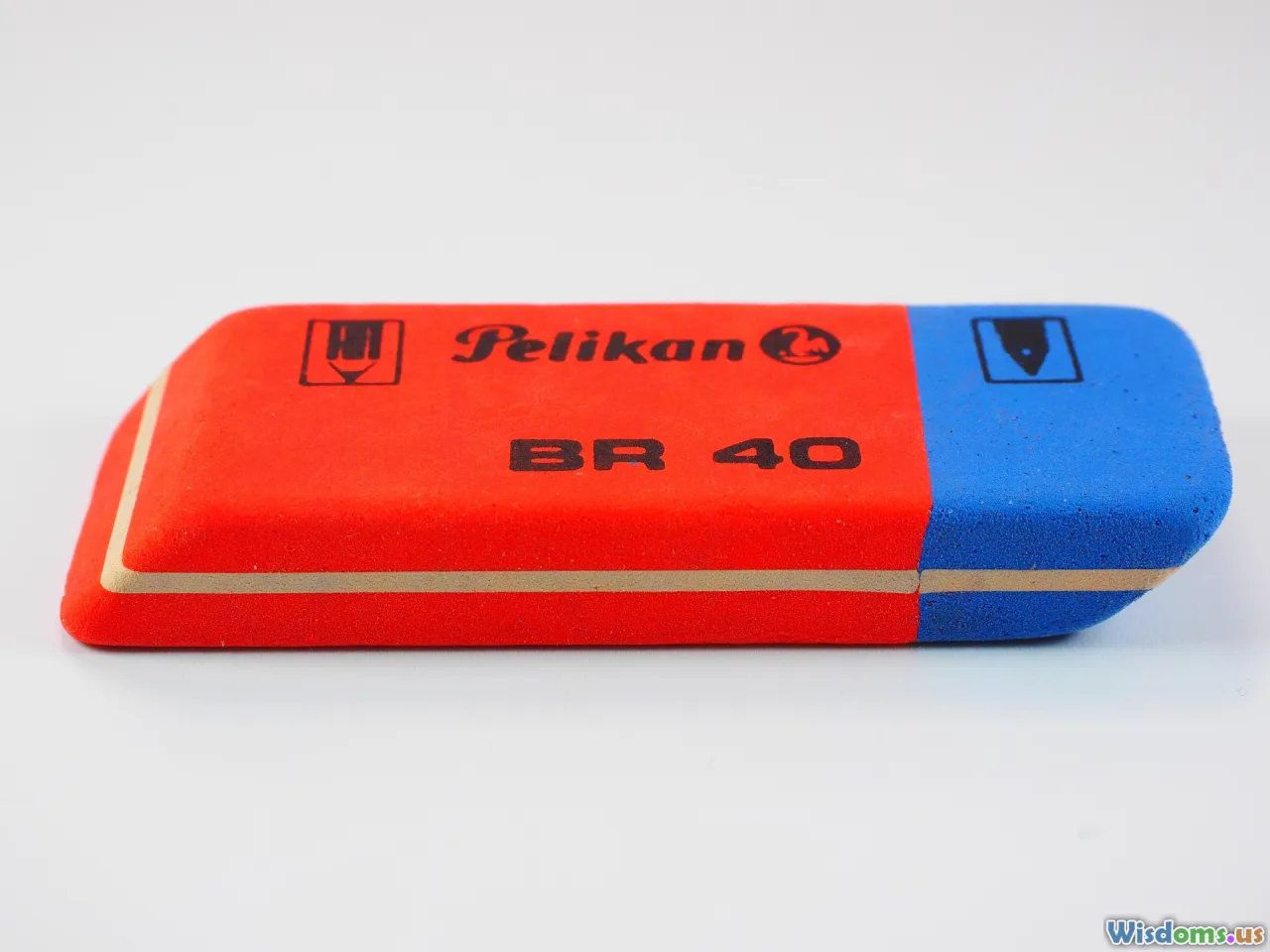
Pencil sketching makes every mark matter, as mistakes are impossible to truly erase without some trace left behind. This forces artists to confront their errors head-on. By learning to adapt, incorporate, or work around misplaced lines, pencil sketchers develop stronger problem-solving skills—essential for creative growth.
Digital platforms, with their effortless undo buttons and layering systems, can shield creators from the messy, valuable process of mistake management. While digital safety nets are invaluable for final illustrations, they deprive beginners of the challenges that foster adaptability. Seasoned drawing instructors often cite the ability to turn mistakes into opportunities—like converting a wayward line into a shadow—as a skill best learned with pencil in hand.
Mastery Over Line Quality and Value
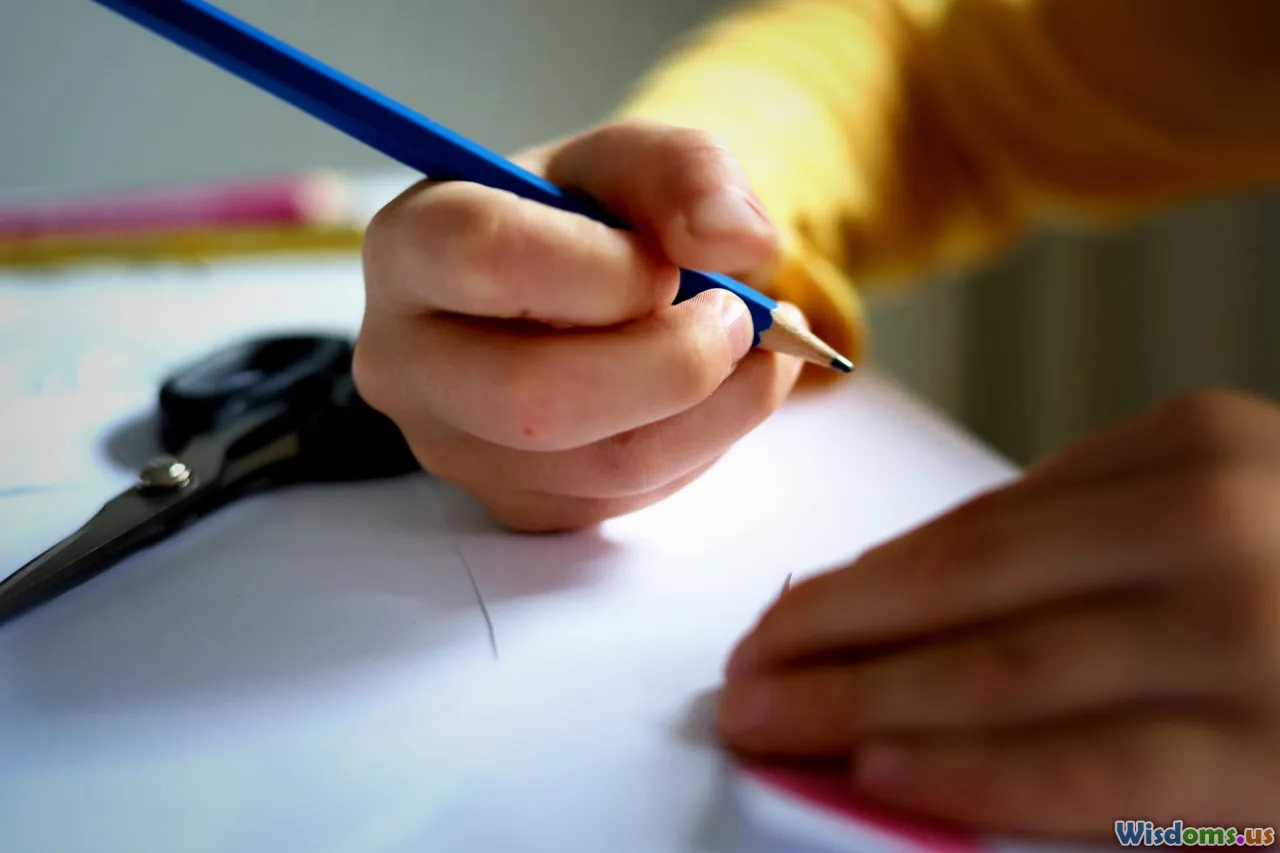
With a pencil, artists have scalable control over every mark: the thickness, darkness, softness, and even the grain. Unlike digital tools, which sometimes require hardware optimization or software tweaks to capture nuanced line variation, pencils enable immediate, organic expression.
Practice with pencils clarifies the subtleties of pressure sensitivity—different weights and pencils (from hard 4H to soft 6B) give varying shades and textures. Skeletal forms, portraits, and landscapes all benefit from such nuance. Traditional sketchbooks filled with tonal studies and hatchings show endless gradations, imparting lessons about value structure and contrast that directly translates into improved paintings and digital pieces.
Example: One way to see this effect is through a simple exercise: draw a gradient scale with a pencil, transitioning seamlessly from white to a deep gray. Doing this physically teaches the feel of controlled pressure and harmonious blending; in contrast, dragging a slider or clicking a menu in a digital app distances you from these foundational experiences.
Unmatched Portability and Accessibility
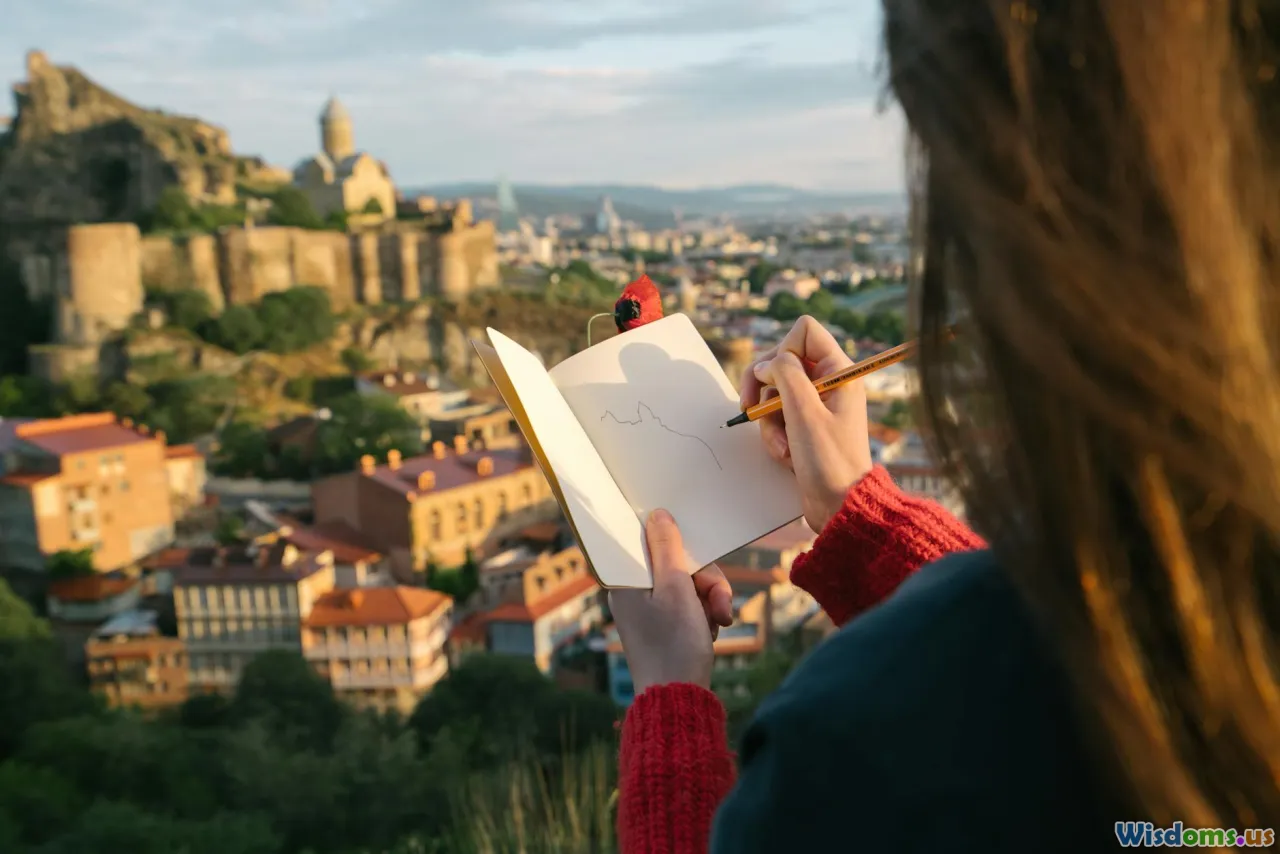
No matter where inspiration strikes—in a café, on the bus, or hiking through mountains—a pencil and a small sketchbook are easy to carry. The immediacy of jotting down ideas without the need for electricity or batteries encourages consistent practice. Every beginning or professional artist has heard the advice: “Carry a sketchbook everywhere.” This isn’t just tradition; it’s a practical approach fostered by the limitations (and strengths) of analog tools.
The accessibility doesn’t end at convenience. High-quality pencils and sketchbooks are much more affordable and require little technical know-how. This lowers the barrier to entry and ensures that anyone, regardless of income or tech access, can engage with art anytime, anywhere. Sophisticated digital tablets and styluses, while powerful, are out of reach for many and may require updates and upkeep that can stall the creative process.
Building Confidence Through Visible Progress
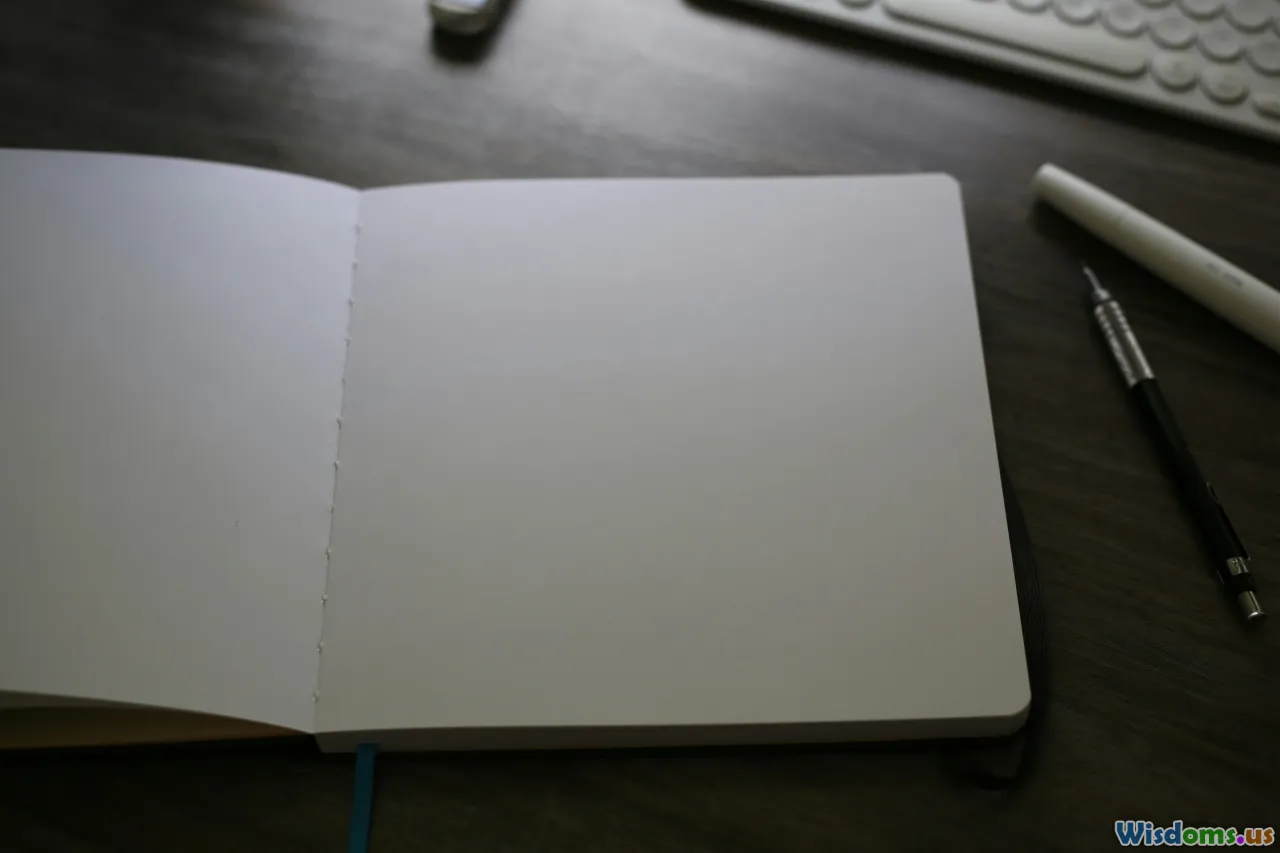
Flipping through old sketchbooks reveals the raw trajectory of an artist’s journey: initial tentative marks, growing certainty in linework, evolving observations. Pencil sketches provide irrefutable evidence of progress—the first wobbly self-portraits, awkward figure studies, and eventually fluid, confident compositions.
Seeing these visual records on paper helps build artistic self-confidence and provides motivation unavailable from digital files buried in folders or confined to app interfaces. Many artists feel more emotionally connected to physical drawings, finding that staking their growth in tangible works makes each sketch meaningful.
The Meditative Rhythm of Manual Practice
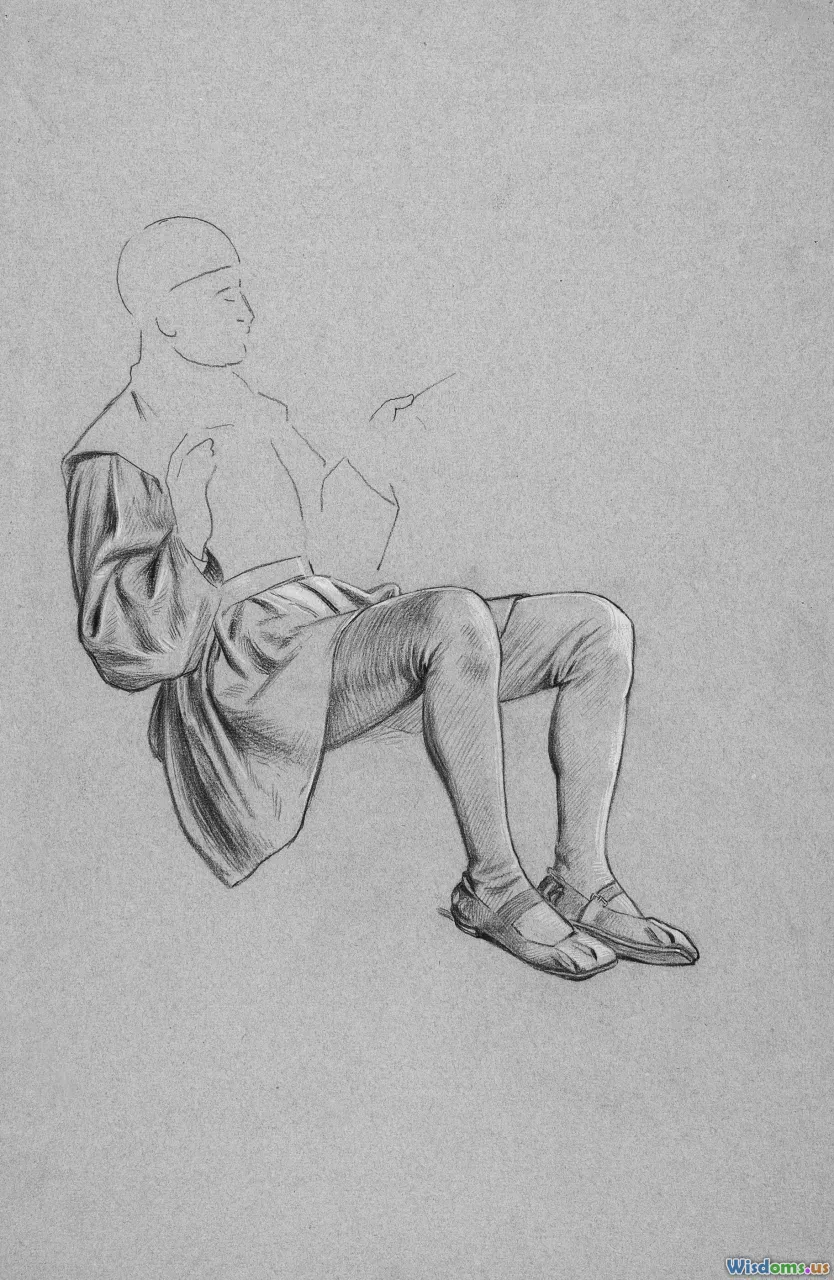
There’s an almost meditative quality to traditional sketching. The subtle sound of graphite gliding over paper, the repetitive motion of shading—a rhythm that calms and focuses the mind. For countless artists, this analog process fosters not only artistic progress but also mental well-being.
In contrast, screens engage the eyes differently, introduce blue light, and often lead to more fractured sessions due to notifications and device distractions. For those looking to integrate mindfulness and relaxation into their practice, regular pencil sketching offers an unmatched analog escape.
Tip: Many art therapists recommend timed daily pencil sketches as a calming ritual. By limiting digital interruptions, creators can experience an unbroken connection to their thoughts and imagination.
Skill Transferability to Any Medium
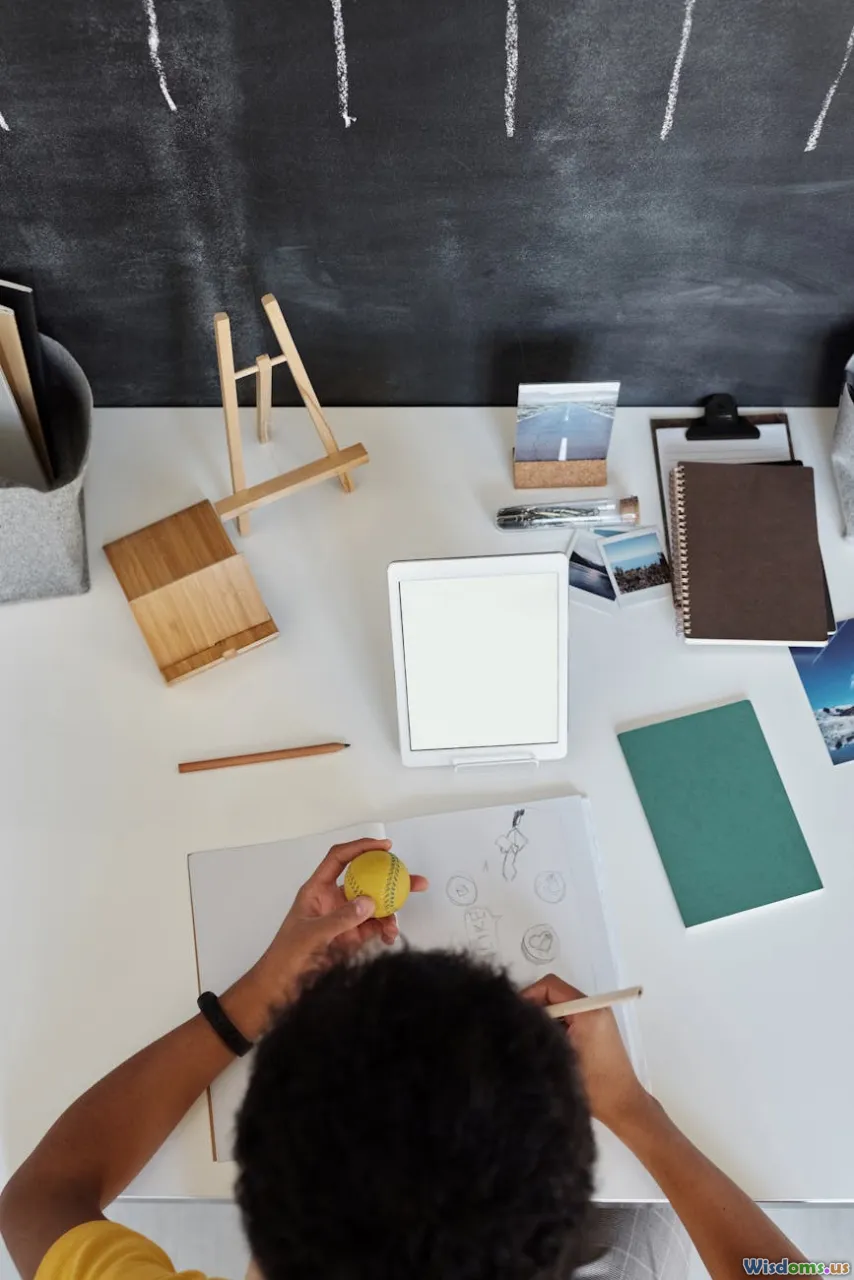
Pick up any art instruction book, and you’ll find foundational lessons demonstrated in pencil. That’s no accident—proficiency with pencil hones drafting, compositional thinking, and value judgment vital across the entire spectrum of visual arts.
Artists who train traditionally notice that their skills transition smoothly to other media—charcoal, ink, paint, even digital illustration. By focusing on correct structure, proportion, and hand-eye coordination with an unforgiving medium, artists guarantee their abilities won’t be tool-dependent.
Example: Look at master digital illustrators such as Loish or Sam Yang, who attribute much of their unique style and visual clarity to ongoing sketchbook practice. Their pencil roots show up in their understanding of light, anatomy, and gesture, regardless of the software or hardware they use today.
Fostering Creativity Through Limitations
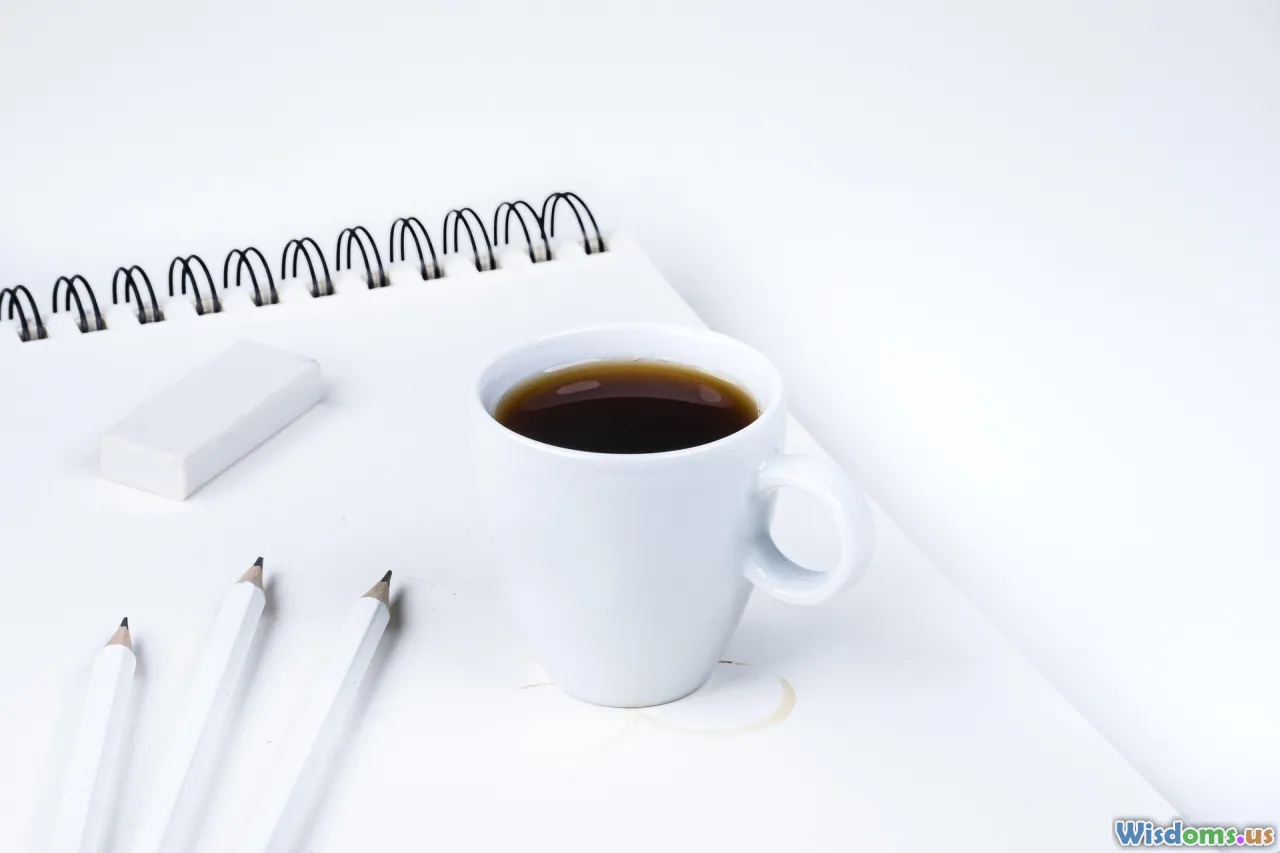
“The best work comes from limits,” say many seasoned creatives. With only a couple of pencils and a notepad, artists practice problem-solving and improvisation. Limited color palettes, restricted page size, and no software add-ons spark unique solutions and techniques.
For example, an artist might have to invent creative ways of suggesting foliage, fabric texture, or atmospheric perspective using only a graphite pencil. This kind of bound improvisation compels growth and originality. Digital tools, with their abundance of resources, are incredible for output but can sometimes overwhelm choice and stifle inventive thinking in those who are still learning the basics.
Combining the Best of Both Worlds
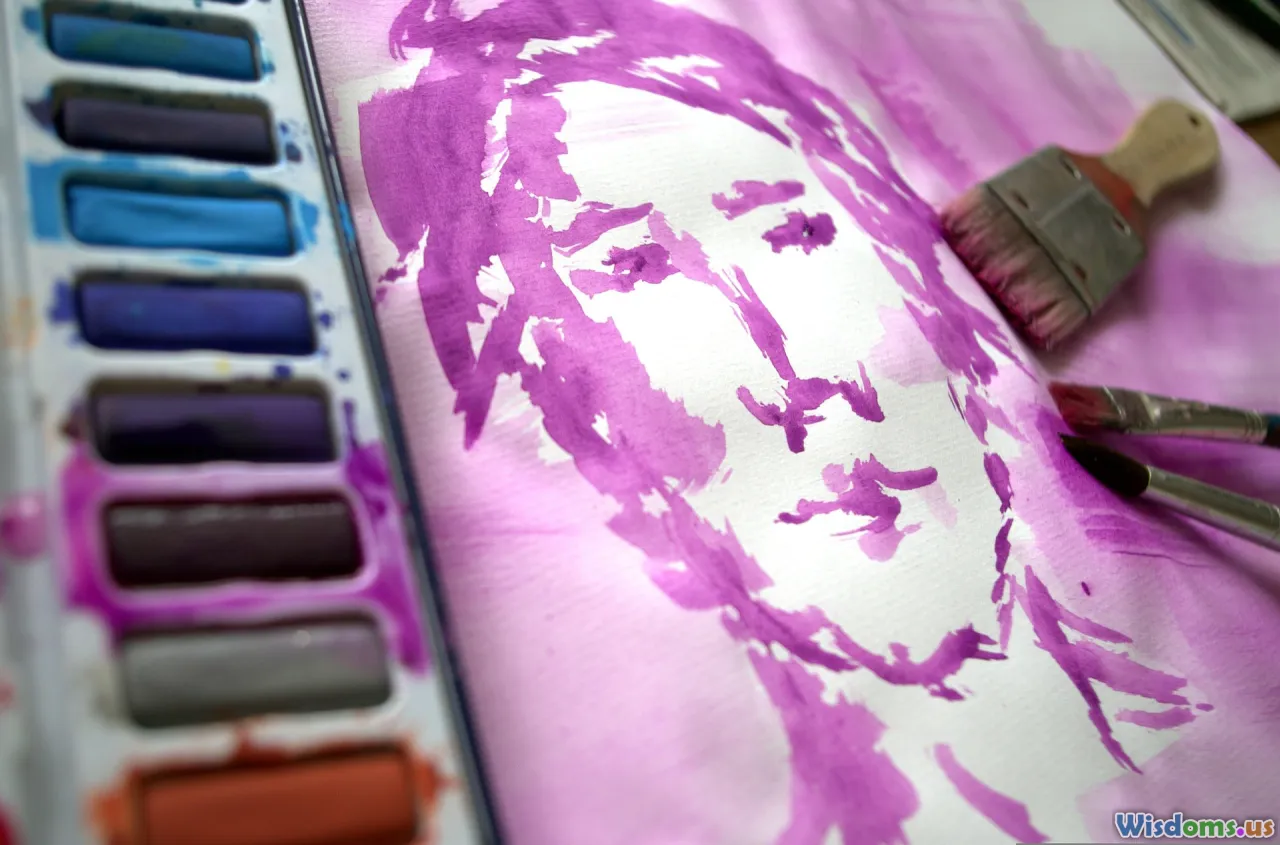
Many contemporary artists integrate traditional pencil sketches into their digital workflow. Scanning or photographing a hand-drawn sketch provides a robust, foundational underlayer for further refining in Photoshop or Procreate.
This hybrid approach maximizes both media: artists capture the nuance and energy of hand-made lines, then harness digital flexibility for color, textures, and editing. Animation studios like Pixar and storyboard artists still rely heavily on pencil sketches in the concept phase, revealing how traditional proficiency enriches even the most technology-driven projects.
Actionable Tips for Building a Pencil Sketching Habit
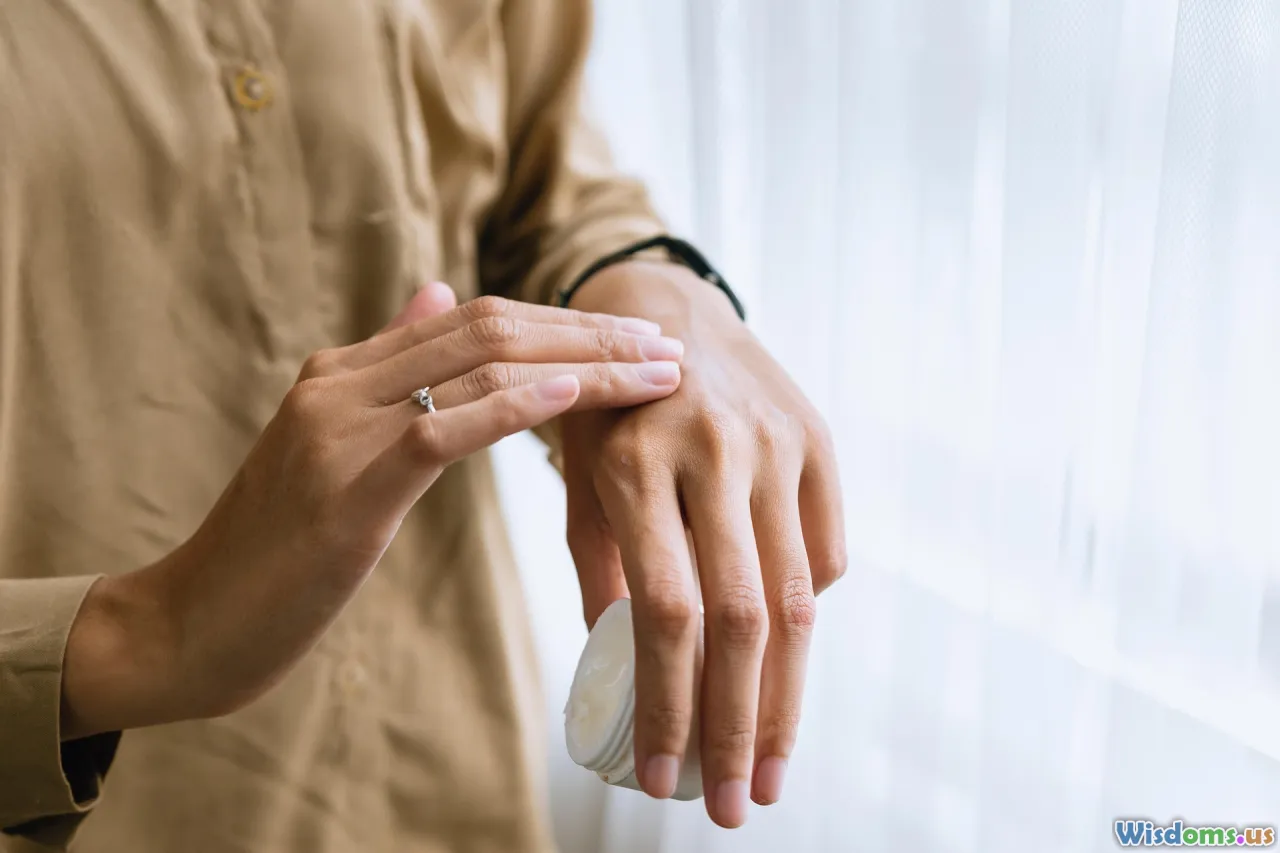
1. Set Manageable Timeframes: Start with daily 10–20 minute sketch sessions, gradually increasing as you find your flow. Short, regular intervals trump infrequent, long sessions for skill retention.
2. Keep a Sketchbook Handy: Place sketchbooks in places you frequent—beside your bed, in your bag, at your workspace. Accessibility leads to consistency.
3. Focus on Specific Fundamentals: Dedicate sessions to topics like gesture drawing, cross-contour lines, or value studies. Targeted practice delivers sharper improvement over time than general doodling.
4. Use Reference and Observation: Draw from life as often as you can. Objects, people around you, scenes from windows—direct observation cultivates realism and originality that copying photos or digital assets can’t replace.
5. Limit Tools: Stick to one or two pencils and a basic eraser. Simplicity encourages your creative instincts and problem-solving abilities, preventing dependency on superficial effects.
Embracing Pencil Sketching as a Long-Term Investment
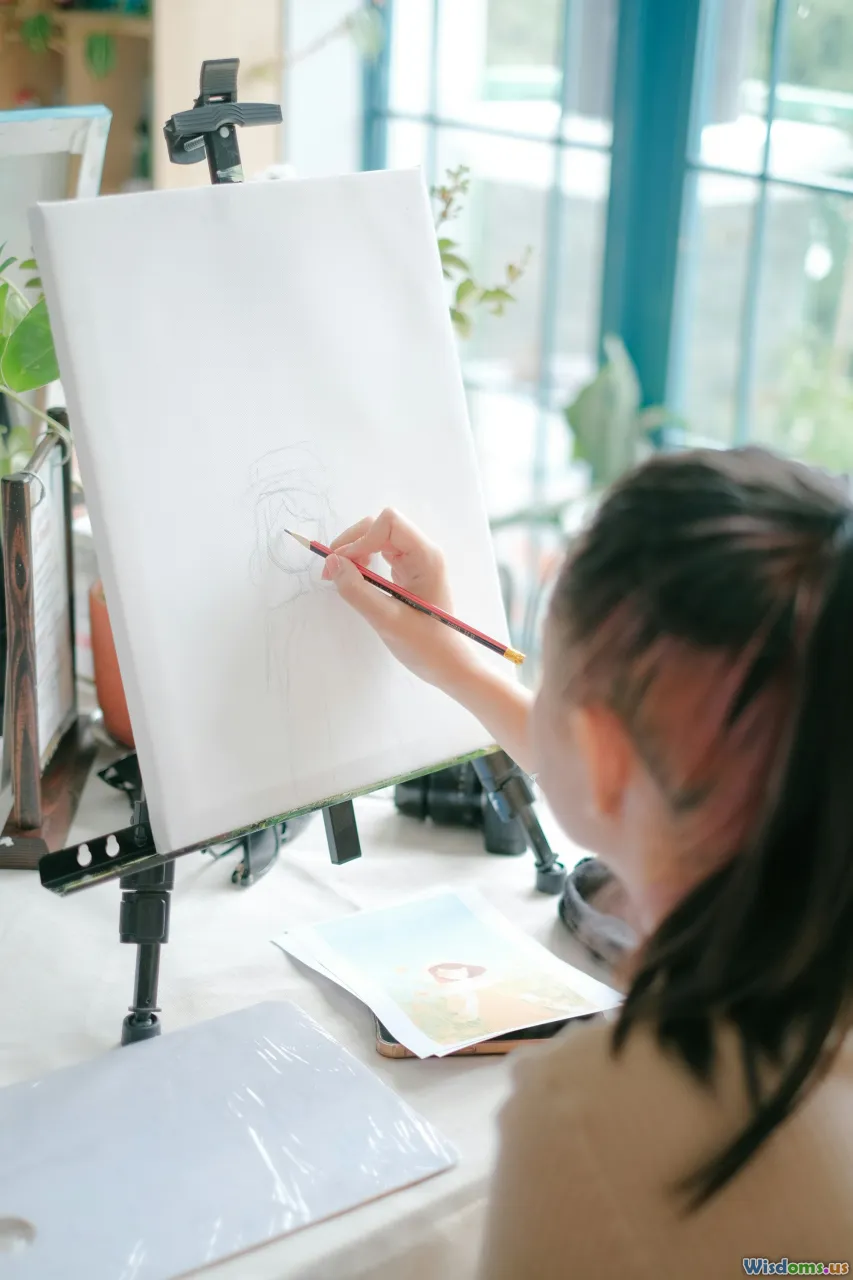
In a slick, digitally amplified era, reverting to simple pencil-and-paper sketching isn’t just nostalgia—it’s a strategic move for artists intent on growing their skills. The hands-on, unmediated, and even challenging aspects of pencil practice pave the way to long-term, transferable mastery.
Digital drawing continues to revolutionize how art is shared and created, but when it comes to pure artistic growth, nothing rivals the feel and feedback of graphite sliding against paper. So grab that humble pencil and a clean page—the real work of becoming an artist starts with every mark you make, no plug-ins required.
Rate the Post
User Reviews
Other posts in Painting & Drawing
Popular Posts












